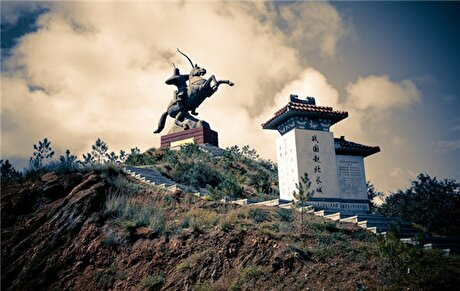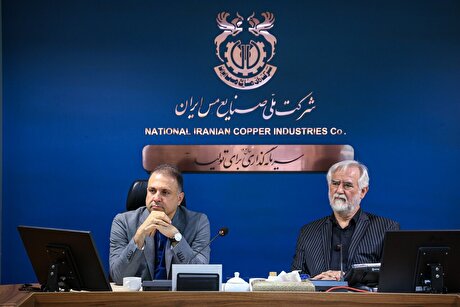
Protesters force Aura Minerals to suspend operations in Honduras


Through its subsidiary in the Central American country, Minerales de Occidente S.A or Minosa, Aura management informed workers that the gold mine would be temporarily closed because the limited access to a new area it wants to exploit makes it unprofitable.
The place the miner wants to work on sits on top of a more than 200-year-old cemetery. To be able to perform mineral extraction there, Minosa has had to unearth and relocate hundreds of bodies, an action that some villagers and NGOs oppose but others agree with. Back in May, a judge blocked Minosa’s activities but since the decision was temporary, opponents decided to ramp up a blockade that initially began in April.
Community demonstration in support of Minosa.
However, the land has been purchased by Aura and, thus, the blockade is taking place in private property. In a statement to MINING.com, Aura’s VP, Legal Affairs & Business Development, Ryan Goodman, assured that Minosa has all of the environmental and operating permits required by the Honduran authorities to operate at the site.
“When these criminals first illegally entered the mine, the company was able to mine outside of the then mine plan with decent results however the recovery rates in these areas have decreased and the company is now forced to take the difficult position and suspend mining operations,” Rodrigo Barbosa, Aura’s President and CEO, said in a public statement.
According to the information received by this publication, local police has been ignoring Minosa’s requests and complaints. “No law and order has been implemented,” Goodman said.
The executive explained that a negotiation table has been put in place to establish an ongoing conversation with community members so that all stakeholders agree upon their responsibilities regarding the cemetery move. Yet, he said that the protesters have been disrespectful towards both the initiative and local and county councils participating in the dialogue.
“The town and county commissioners and mayor’s office are in support of Minosa’s continued operation and for months have actively attempted to dislodge the illegal strikers through dialog and negotiation. SITRAMINO, the union, also has attempted to persuade the people to remove their blockade,” Goodman said.
Some 200 employees and 300 contractors have been suspended until access to what the firm deems ‘acceptable ore’ is available. Another 1000 indirect suppliers and service providers are also in limbo.
Talking to local media, the president of the union, Fernando Trigueros, said that La Unión municipality is adrift because most of its people are now without a job.
In a series of letters addressed to the Justice Department, Trigueros, other union members, the community of San Andrés and the community of Azacualpa ask regional and national authorities to investigate the activities of the NGOs backing the protest at the mine. They say those organizations are pushing villagers to reject Minosa’s activities.
“They are constantly visiting us and pressuring us so that we oppose Minerales de Occidente S.A. and so that we disavow all the different development agreements that we have signed with the company, local and national authorities. These NGOs are not fulfilling their original objectives,” the letters read.
In its public statement, Aura’s CEO said the firm will continue to foster a peaceful resolution and that management is working with the community to return the mine to normal operations. In the meantime, it will continue to leach the heap leach pads that have been stacked. Production guidance has been updated to a low of 55,000 ounces and a high of 65,000 ounces.
San Andrés is an open pit, heap-leach operation that has been active since 1983 and is located in the highlands of western Honduras, in the municipality of La Unión, Department of Copán approximately 210 kilometres southwest of the city of San Pedro Sula.


Energy Fuels soars on Vulcan Elements partnership

China extends rare earth controls to imported material

Galan Lithium proceeds with $13M financing for Argentina project

Northern Dynasty sticks to proposal in battle to lift Pebble mine veto

Ukraine launches tender for major lithium deposit

KoBold Metals granted lithium exploration rights in Congo

Freeport Indonesia to wrap up Gresik plant repairs by early September

Kyrgyzstan kicks off underground gold mining at Kumtor

Critical Metals signs agreement to supply rare earth to US government-funded facility

Equinox Gold kicks off ore processing at Valentine mine

India considers easing restrictions on gold in pension funds

Luca Mining expands Tahuehueto mine with Fresnillo land deal

Kyrgyzstan kicks off underground gold mining at Kumtor

Ukraine launches tender for major lithium deposit

KoBold Metals granted lithium exploration rights in Congo

Freeport Indonesia to wrap up Gresik plant repairs by early September

Energy Fuels soars on Vulcan Elements partnership

Northern Dynasty sticks to proposal in battle to lift Pebble mine veto

Giustra-backed mining firm teams up with informal miners in Colombia

India considers easing restrictions on gold in pension funds

Luca Mining expands Tahuehueto mine with Fresnillo land deal

Kyrgyzstan kicks off underground gold mining at Kumtor

Ukraine launches tender for major lithium deposit

Freeport Indonesia to wrap up Gresik plant repairs by early September

Energy Fuels soars on Vulcan Elements partnership

Northern Dynasty sticks to proposal in battle to lift Pebble mine veto

Giustra-backed mining firm teams up with informal miners in Colombia

Critical Metals signs agreement to supply rare earth to US government-funded facility


















